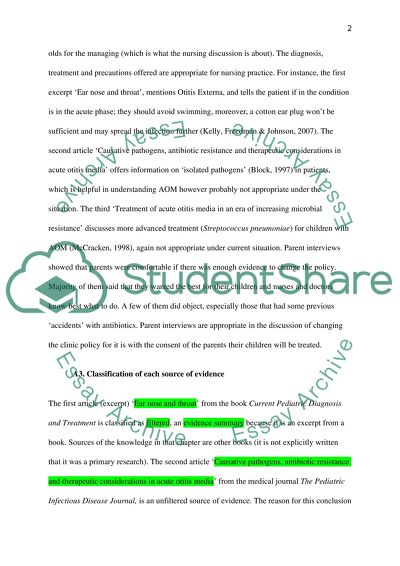Cite this document
(“Clinical practice guideline: Diagnosis and management of acute otitis Research Paper”, n.d.)
Clinical practice guideline: Diagnosis and management of acute otitis Research Paper. Retrieved from https://studentshare.org/nursing/1456315-otitis-media-clinical-practice-guidelines
Clinical practice guideline: Diagnosis and management of acute otitis Research Paper. Retrieved from https://studentshare.org/nursing/1456315-otitis-media-clinical-practice-guidelines
(Clinical Practice Guideline: Diagnosis and Management of Acute Otitis Research Paper)
Clinical Practice Guideline: Diagnosis and Management of Acute Otitis Research Paper. https://studentshare.org/nursing/1456315-otitis-media-clinical-practice-guidelines.
Clinical Practice Guideline: Diagnosis and Management of Acute Otitis Research Paper. https://studentshare.org/nursing/1456315-otitis-media-clinical-practice-guidelines.
“Clinical Practice Guideline: Diagnosis and Management of Acute Otitis Research Paper”, n.d. https://studentshare.org/nursing/1456315-otitis-media-clinical-practice-guidelines.


